WORLD WAR II FROM A TO Z
 ARMED FORCES RADIO SERVICE
ARMED FORCES RADIO SERVICE
Entertaining troops
Sports and some news from home
Broadcast, boost moral
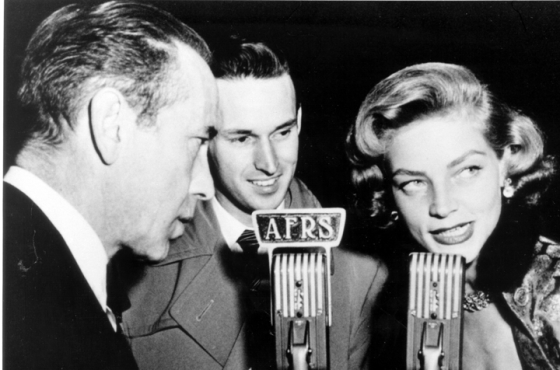
Jack Brown interviews Humphrey Bogart and Lauren Bacall for broadcast to troops overseas during World War II.
What a way to bring entertainment to the U.S. troops on Independence Day. At 5:45 pm on July 4, 1943, the U.S. Army began broadcasting from London during World War II from borrowed facilities and equipment from the British Broadcasting Corporation (BBC). The first broadcast was less than five hours and included recorded shows, BBC news and sports broadcast. Formed in 1942, the Armed Forces Radio Service (AFRS) broadcasts were beneficial to the moral of the troops.
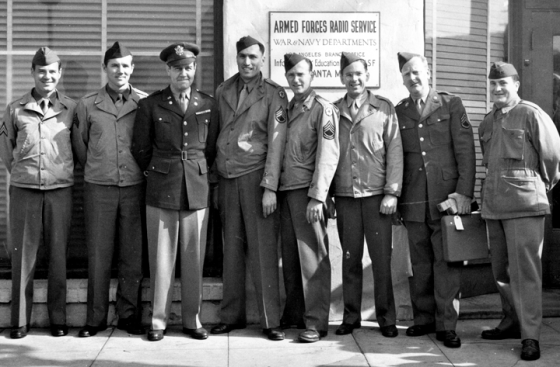
AFRS’ First Radio Staff, Military Members of Colonel Tom Lewis’ USA Staff, notably Howard Duff, circa 1945
That day, Corporal Syl Binkin became the first U.S. military broadcaster heard over the air. The signal was sent from London via telephone lines to five regional transmitters to reach U.S. troops in the United Kingdom as they made preparations for the invasion of Nazi-occupied Europe.
The BBC feared competition for civilian audiences and initially tried to impose restrictions on AFN broadcasts within Britain. Transmissions were allowed only from American Bases outside London and were limited to 50 watts of transmission power and a minimum quota of British produced programming had to be carried. AFN programs were widely enjoyed by the British civilian listeners who could receive them, and once AFN operations transferred to continental Europe (shortly after D-Day) AFN was able to broadcast with little restriction with programs available to civilian audiences across most of Europe, (including Britain), after dark.
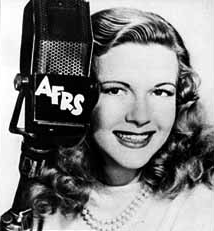
In 1943 Martha Wilkerson was the voice of the girl left behind as GI Jill on on the brand new Armed Forces Radio Service.
One of the programs produced for the radio was Command Performance. It was a radio program which originally aired between 1942 and 1949. The program was broadcast on the Armed Forces Radio Network (AFRS) with a direct shortwave transmission to the troops overseas. It was not broadcast over domestic U.S. radio stations. The program was produced before an audience in the Vine Street Playhouse in Hollywood, California, and recorded via electrical transcription. The weekly listening audience of military personnel was estimated at 95.5 million.
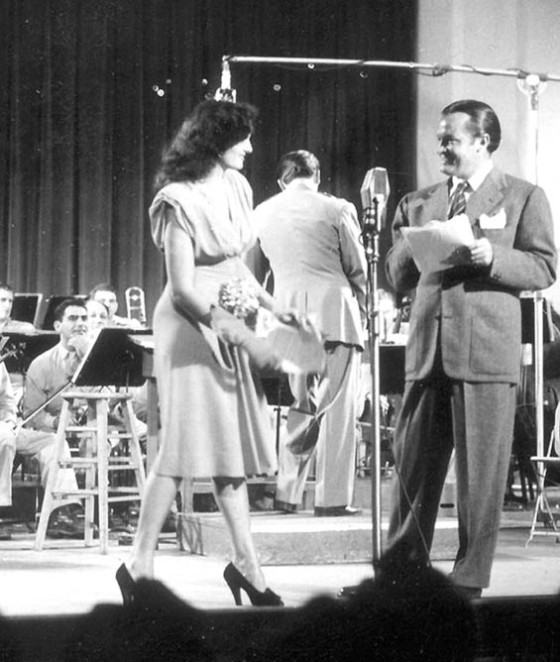
Command Performance radio broadcast c. 1944 with Jane Russell, Bob Hope and, in background, Major Meredith Willson conducting the AFRS band. “Commandrussellwillsonhope” by Own work. Licensed under Public Domain via Wikimedia Commons – http://commons.wikimedia.org/wiki/File:Commandrussellwillsonhope.jpg#mediaviewer/File:Commandrussellwillsonhope.jpg
Troops sent in requests for a particular performer or program to appear, and they also suggested unusual ideas for music and sketches on the program, such as Ann Miller tap dancing in military boots. Top performers of the day appeared, including Jack Benny, Frank Sinatra, Bob Hope, Fred Allen, Ginger Rogers, Judy Garland and The Andrews Sisters.
An article in a 1943 issue of Tune In magazine estimated the value of the talent appearing on Command Performance as follows: “Presented by a commercial sponsor, ‘Command Performance’ would have a weekly talent cost of $50,000. For Uncle Sam, there are no charges.”
The final episode of Command Performance — the 415th in the series — was produced in December 1949.
________
A is also for Axis Powers
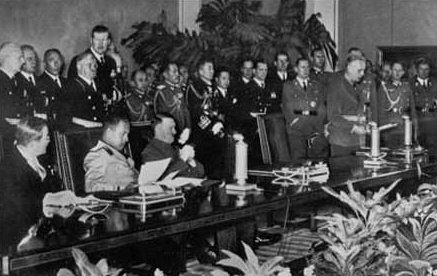
Signing of the Tripartite Pact. On the lefthand side of the picture, seated from left to right, are the signatories: Saburō Kurusu (representing Japan), Galeazzo Ciano (Italy) and Adolf Hitler (Germany). “Signing ceremony for the Axis Powers Tripartite Pact;” by Source. Licensed under Fair use via Wikipedia – http://en.wikipedia.org/wiki/File:Signing_ceremony_for_the_Axis_Powers_Tripartite_Pact;.jpg#mediaviewer/File:Signing_ceremony_for_the_Axis_Powers_Tripartite_Pact;.jpg
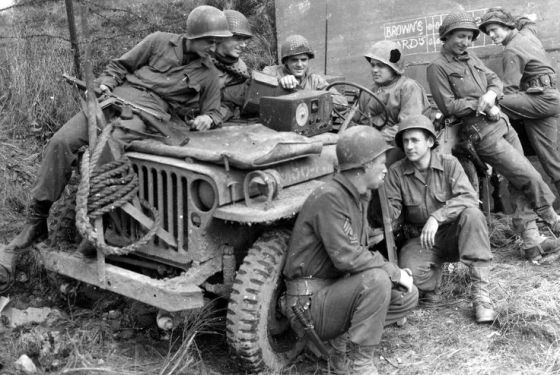

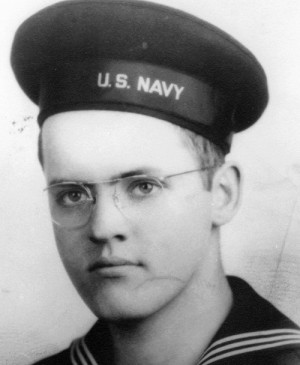 Check out my other blog
Check out my other blog I'M PUBLISHED
I'M PUBLISHED I'm Published Again
I'm Published Again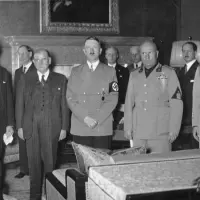

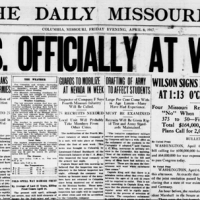
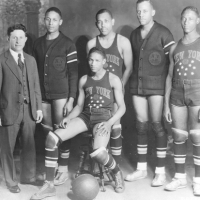
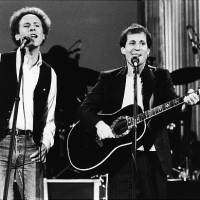
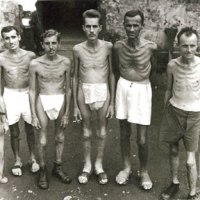
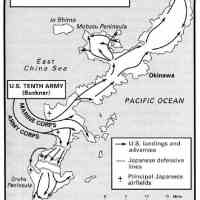



For all the criticism of Hollywood over the years, actors and actresses really shined during WWII….as did radio. What a godsend they were to the troops.
LikeLike
Tanks for stopping by. I write about Jimmy Stewart in WWII last Thursday
LikeLike
Do you know if in the late 1940’s broadcasts of the AFRS might have been able to be heard in the Continental U.S. at night on AM radio?
LikeLike
I don’t do indepth research for my individual posts but I tried to find an answer for you. I am sure its out there. Here is website that may be of interest to you about the Golden Age of Radio http://www.digitaldeliftp.com/LookAround/la_networkspot_afrts.htm
LikeLike
Thanks for providing a link to that terrific site. There is just so much there to enjoy.
LikeLike
Don’t know which is him. Maybe the website link in my reply to a gray will have it. The photo is on that website.
LikeLike
Armed Forces radio was sometimes the only thing to keep GI’s hopeful. so many dedicated themselves to the war effort. Which one is Howard Duff? I tried picking him out but i am terrible at finding him
LikeLike
Such a cool article. And I love the pics too 🙂
LikeLike
Thank you for stopping by
LikeLike
Great post. Best of luck with April A-Z!
LikeLike
Thank you
LikeLike
Hi! I have SO been looking forward to this series, since I found you on the A to Z list! This is my 3rd year participating, and although my focus is mainly music, I come from a family of wonderful armchair historians and this was the era my father and I spent a lot of time talking about!
LikeLike
Thank you. I am glad you visited my blog. It is truly a complex and vomit all time with so many facets. I hope you’ll check out my blog in honor of my father, a WWII veteran accessible from my page. I like music and will be visiting blogs now that my workday is over. I will check your A to Z
LikeLike
Maryann, thanks for the look into history. It was especially interesting to hear about the mechanics of the broadcast and how they worried about restricting content. I’m surprised the BBC would be focused on such things during wartime, but I guess business goes on…
LikeLike
You are welcome. Thank you for stopping by.
LikeLiked by 1 person
Great post!
LikeLike
Thank you and thank you for stopping by.
LikeLike